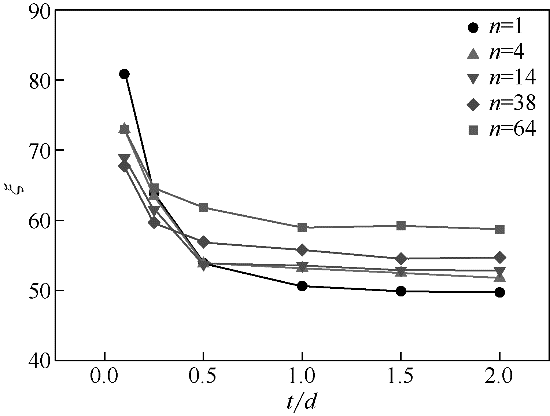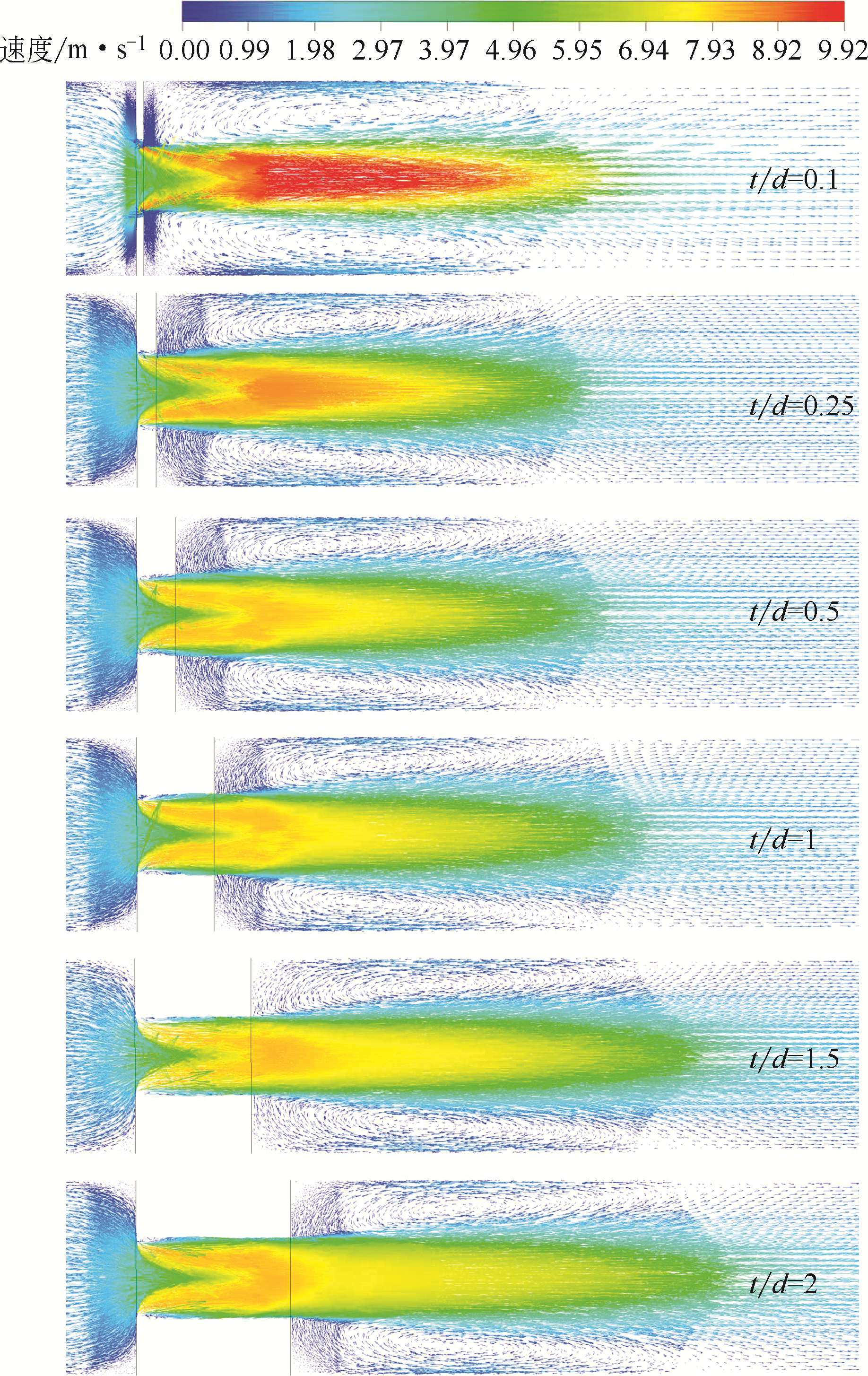| 1 |
SHAABAN S. On the performance of perforated plate with optimized hole geometry[J]. Flow Measurement and Instrumentation, 2015, 46: 44-50.
|
| 2 |
赵奇, 牛志娟, 杨雪峰. 基于CFD的非标准孔板流量计的数值模拟[J]. 节能技术, 2015, 33(5): 453-456.
|
|
ZHAO Qi, NIU Zhijuan, YANG Xuefeng. Numerical simulation of the non-standard orifice flowmeter based on CFD[J]. Energy Conservation Technology, 2015, 33(5): 453-456.
|
| 3 |
ALY E A, CHONG A, NICOLLEAU F, et al. Experimental study of the pressure drop after fractal-shaped orifices in turbulent pipe flows[J]. Experimental Thermal and Fluid Science, 2010, 34(1): 104-111.
|
| 4 |
程勇, 汪军, 蔡小舒. 低雷诺数的孔板计量数值模拟及其应用[J]. 计量学报, 2005, 26(1): 59-61.
|
|
CHENG Yong, WANG Jun, CAI Xiaoshu. Numerical simulation and application of flow through a pipe orifice at low Reynolds numbers[J]. Acta Metrologica Sinica, 2005, 26(1): 59-61.
|
| 5 |
SHAN F, LIU Z, LIIU W, et al. Effects of the orifice to pipe diameter ratio on orifice flows[J]. Chemical Engineering Science, 2016, 152: 497-506.
|
| 6 |
马太义, 王栋, 张炳东, 等. 多孔板流量测量的实验研究[J]. 核动力工程, 2010(2): 126-130.
|
|
MA Taiyi, WANG Dong, ZHANG Bingdong, et al.Experimental on metering characteristics of multi-hole orifice[J]. Nuclear Power Engineering, 2010(2): 126-130.
|
| 7 |
MALAVASI S, MESSA G, FRATINO U, et al. On the pressure losses through perforated plates[J]. Flow Measurement and Instrumentation, 2012, 28(12): 57-66.
|
| 8 |
HOLT G J, MAYNES D, BLOTTER J. Cavitation at sharp edge multi-hole baffle plates[C]// Proceedings of the ASME 2011 International Mechanical Engineering Congress and Exposition. Denver, USA, 2011: 11-17.
|
| 9 |
ÖZAHI E. An analysis on the pressure loss through perforated plates at moderate Reynolds numbers in turbulent flow regime[J]. Flow Measurement and Instrumentation, 2015, 43: 6-13.
|
| 10 |
ZHAO T Y, MA L. A general structural design methodology for multi-hole orifices and its experimental application[J]. Journal of Mechanical Science and Technology, 2011, 25(9): 2237-2246.
|
| 11 |
焦乾峰, 马有福, 吕俊复, 等. 多孔板压降特性实验与关联式比较[J]. 化工进展, 2018, 37(9): 3320-3325.
|
|
JIAO Qianfeng, MA Youfu, Junfu LÜ, et al. Comparison of experiment with correlation on pressure drop of multi-orifice plates[J]. Chemical Industry and Engineering Progress, 2018, 37(9): 3320-3325.
|
| 12 |
SINGH V K, THARAKAN T J. Numerical simulations for multi-hole orifice flow meter[J]. Flow Measurement and Instrumentation, 2015, 45: 375-383.
|
| 13 |
Inc. Fluent. Fluent 6.3 user’s guide[M]. Ann Arbor: Fluent Inc., 2006.
|
| 14 |
中华人民共和国国家质量监督检验检疫总局, 中国国家标准化管理委员会. 用安装在圆形截面管道中的差压装置测量满管流体流量: GB/T 2624.2—2006[S]. 北京: 中国标准出版社, 2006.
|
|
General Administration of Quality Supervision, Inspection and Quarantine of the People’s Republic of China, Standardization Administration of the People’s Republic of China. Measurement of fluid flow by means of pressure differential devices inserted in circular Orifice plates: GB/T 2624.2—2006[S]. Beijing: Standards Press of China, 2006.
|
| 15 |
蔡振奇. 单孔板气液两相流压降特性及流型可视化实验[D]. 上海: 上海理工大学, 2018.
|
|
CAI Zhenqi. Pressure loss characteristics of gas-liquid two-phase flow in the single-orifice plate and flow patterns visualization experiment[D]. Shanghai: University of Shanghai for Science and Technology, 2018.
|
| 16 |
CHISHOLM D. Two-phase flow in pipelines and heat exchangers[M]. London and New York: G. Godwin in association with Institution of Chemical Engineers, 1983.
|
| 17 |
FINNEMORE E J, FRANZINI J B. 流体力学及其工程应用[M]. 钱翼稷, 译. 北京: 机械工业出版社, 2006.
|
|
FINNEMORE E J, FRANZINI J B. Fluid mechanics with engineering applications[M]. Qian Yiji, trans. Beijing: China Machine Press, 2006.
|
 ),Fan WANG1,Junfu LÜ2
),Fan WANG1,Junfu LÜ2










